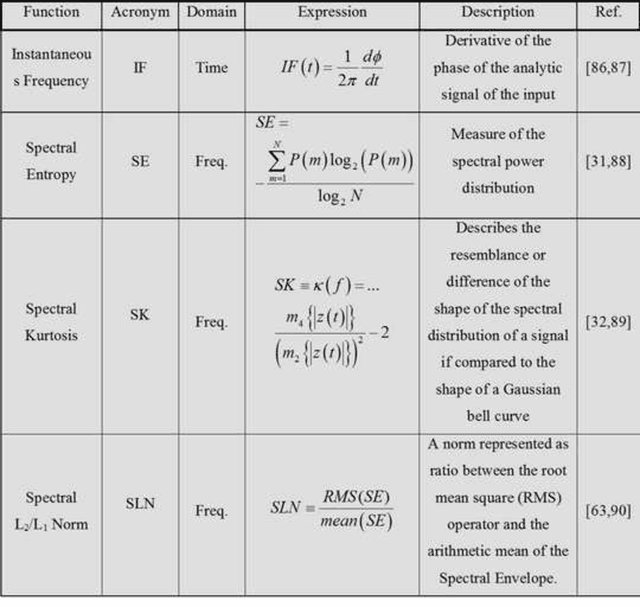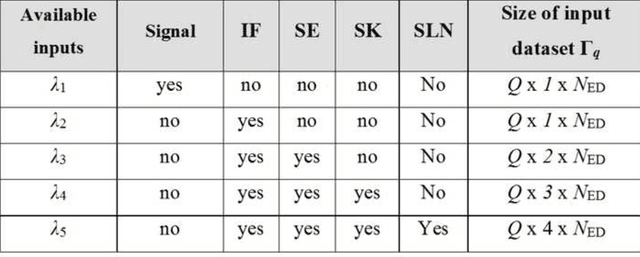Aurelio La Corte
Forecasting Mobile Traffic with Spatiotemporal correlation using Deep Regression
Jul 25, 2019



Abstract:The concept of mobility prediction represents one of the key enablers for an efficient management of future cellular networks, which tend to be progressively more elaborate and dense due to the aggregation of multiple technologies. In this letter we aim to investigate the problem of cellular traffic prediction over a metropolitan area and propose a deep regression (DR) approach to model its complex spatio-temporal dynamics. DR is instrumental in capturing multi-scale and multi-domain dependences of mobile data by solving an image-to-image regression problem. A parametric relationship between input and expected output is defined and grid search is put in place to isolate and optimize performance. Experimental results confirm that the proposed method achieves a lower prediction error against stateof-the-art algorithms. We validate forecasting performance and stability by using a large public dataset of a European Provider.
Automatic crack detection and classification by exploiting statistical event descriptors for Deep Learning
Jul 24, 2019

Abstract:In modern building infrastructures, the chance to devise adaptive and unsupervised data-driven health monitoring systems is gaining in popularity due to the large availability of data from low-cost sensors with internetworking capabilities. In particular, deep learning provides the tools for processing and analyzing this unprecedented amount of data efficiently. The main purpose of this paper is to combine the recent advances of Deep Learning (DL) and statistical analysis on structural health monitoring (SHM) to develop an accurate classification tool able to discriminate among different acoustic emission events (cracks) by means of the identification of tensile, shear and mixed modes. The applications of DL in SHM systems is described by using the concept of Bidirectional Long Short Term Memory. We investigated on effective event descriptors to capture the unique characteristics from the different types of modes. Among them, Spectral Kurtosis and Spectral L2/L1 Norm exhibit distinctive behavior and effectively contributed to the learning process. This classification will contribute to unambiguously detect incipient damages, which is advantageous to realize predictive maintenance. Tests on experimental results confirm that this method achieves accurate classification (92%) capabilities of crack events and can impact on the design of future SHM technologies.
 Add to Chrome
Add to Chrome Add to Firefox
Add to Firefox Add to Edge
Add to Edge